RISC-V provides a flexible and extensible platform for innovation, allowing developers to build custom processors and SoCs that are optimized for specific use cases. One of the best ways to get started with RISC-V development is by using an evaluation board, which provides a complete hardware platform for experimenting with RISC-V designs.
RISC-V evaluation boards are hardware platforms that are designed to enable developers to evaluate and test the capabilities of RISC-V processors. These boards are typically equipped with a range of features and interfaces, including Ethernet, USB, GPIO, and memory interfaces, which allow developers to connect to and control the board. Many RISC-V evaluation boards also include onboard sensors, such as accelerometers and gyroscopes, which can be used to develop applications that take advantage of the board’s sensing capabilities. With their wide range of features and powerful RISC-V processors, evaluation boards provide an ideal platform for developers who want to explore the potential of RISC-V technology and develop cutting-edge applications for a variety of industries, including IoT, robotics, and AI.
In this article, we will explore some RISC-V evaluation boards.
HiFive1 Rev B
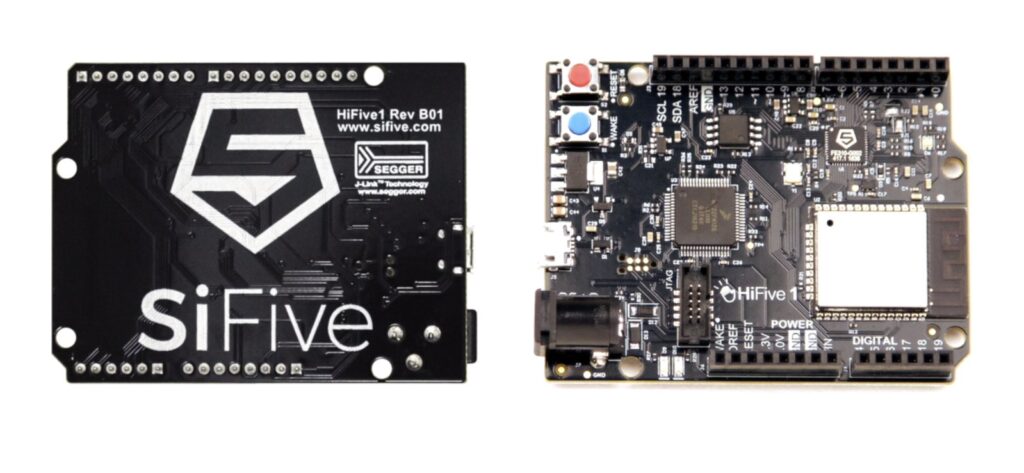
The HiFive1 Rev B is an affordable RISC-V evaluation board from SiFive, one of the leading companies in the RISC-V ecosystem. This board features a SiFive Freedom E310 (FE310) system-on-chip (SoC) with a 32-bit RISC-V core running at 320 MHz, along with 16 MB of flash memory and 8 KB of SRAM. The HiFive1 Rev B also includes a micro USB port for programming and debugging, a user LED, and buttons for reset and boot mode selection. The HiFive1 Rev B is compatible with the Arduino IDE, making it a great choice for beginners.
HiFive Unmatched
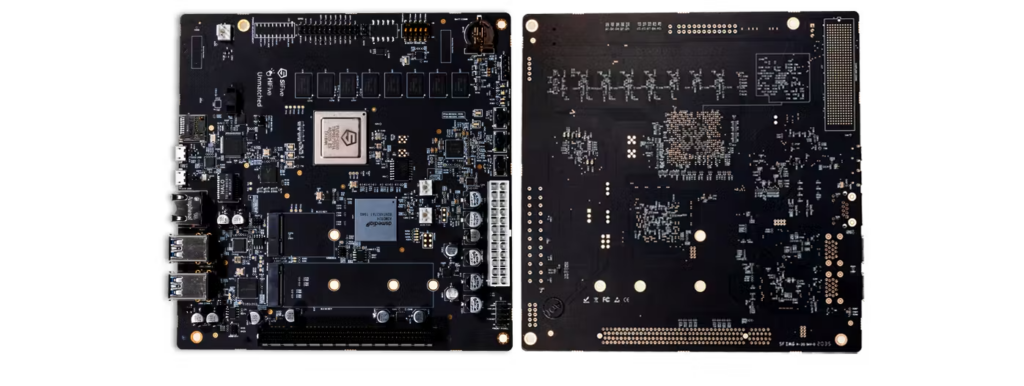
The HiFive Unmatched is a high-performance RISC-V evaluation board from SiFive that is designed for developers who need more processing power and memory. This board features a SiFive U740 SoC with a quad-core 64-bit RISC-V core running at up to 2.2 GHz, along with 8 GB of LPDDR4 memory and 32 MB of flash memory. The HiFive Unmatched also includes Ethernet, Wi-Fi, and Bluetooth connectivity, as well as a PCIe 4.0 x16 slot for expansion. The HiFive Unmatched is compatible with Linux and other operating systems, making it a versatile platform for a wide range of applications.
Longan Nano
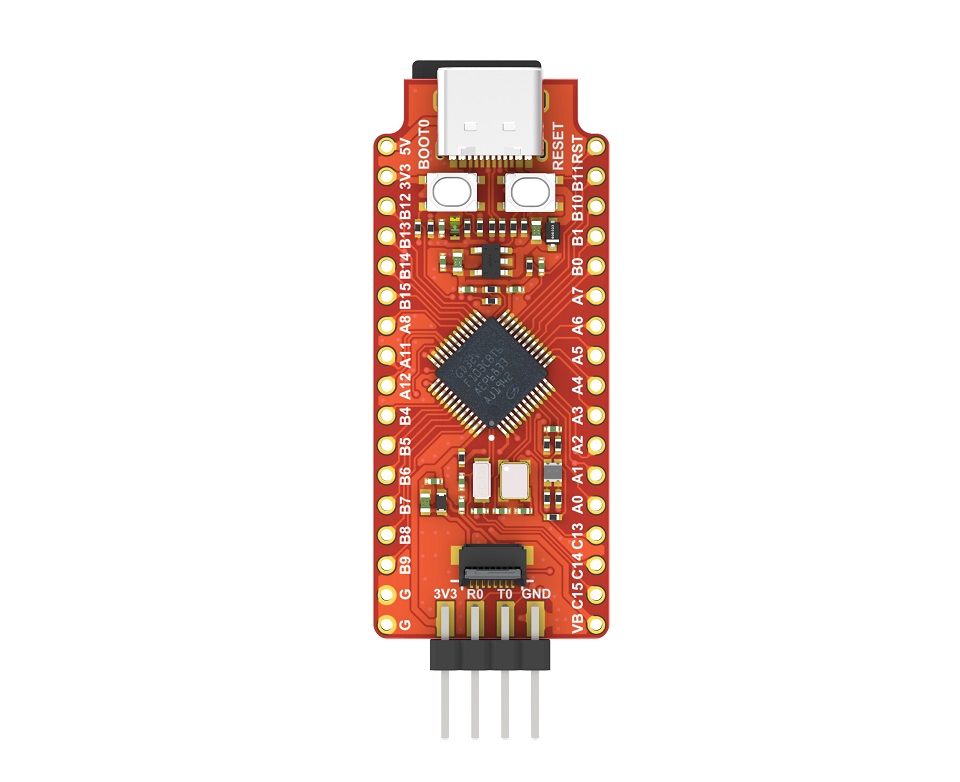
The Longan Nano is an ultra-compact RISC-V evaluation board from Seeed Studio that is based on the GigaDevice GD32VF103CBT6 microcontroller. This board features a 32-bit RISC-V core running at up to 108 MHz, along with 128 KB of flash memory and 32 KB of SRAM. The Longan Nano also includes a micro-USB port for programming and debugging, a user LED, and buttons for reset and boot mode selection. The Longan Nano is compatible with the Arduino IDE and PlatformIO, making it easy to get started with RISC-V development.
Maixduino AI Kit
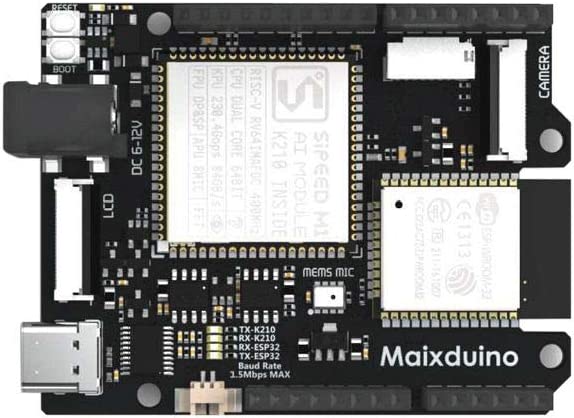
The Maixduino AI Kit is a unique RISC-V evaluation board from Sipeed that combines the power of RISC-V with the capabilities of artificial intelligence (AI). This board features a Kendryte K210 SoC with dual 64-bit RISC-V cores running at up to 400 MHz, along with 8 MB of flash memory and 6 MB of SRAM. The Maixduino AI Kit also includes a camera module, a 2.4-inch TFT display, and a microSD card slot. The Maixduino AI Kit is compatible with the Arduino IDE and MicroPython, making it a great platform for AI and computer vision applications.
Arty A7-35T
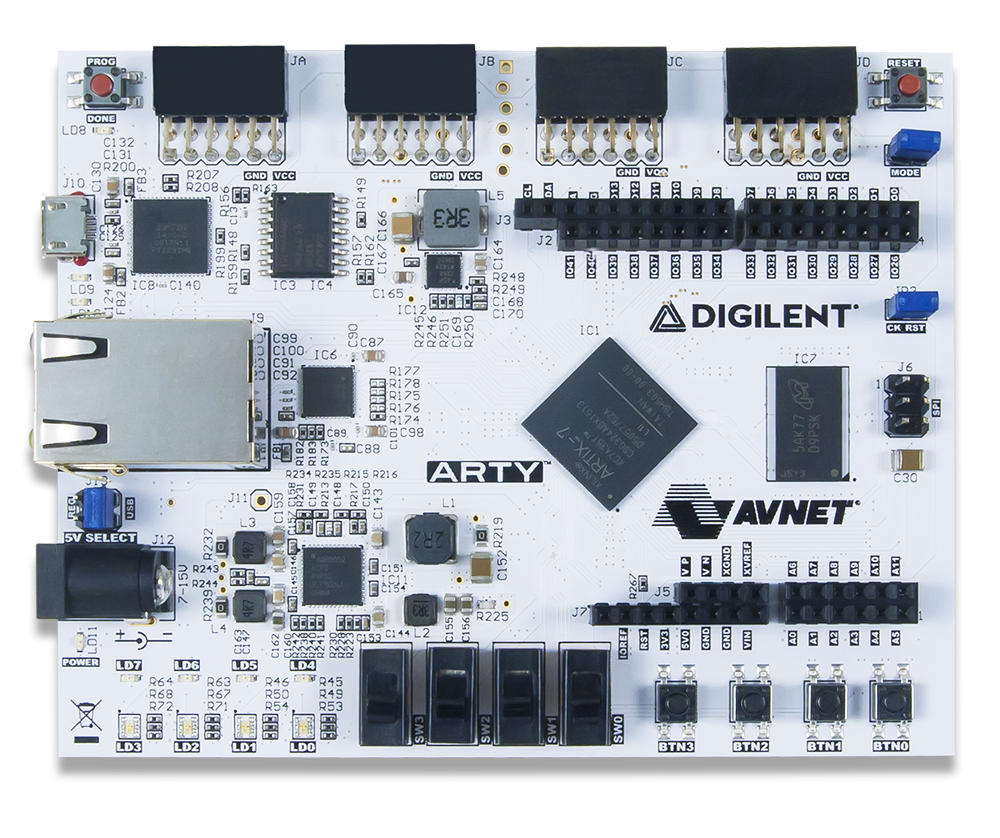
The Arty A7-35T is a versatile FPGA-based RISC-V evaluation board from Digilent that is designed for prototyping and experimentation. This board features a Xilinx Artix-7 FPGA with 33,280 logic cells and 1,800 KB of block RAM, along with a SiFive E31 RISC-V core running at up to 100 MHz. The Arty A
